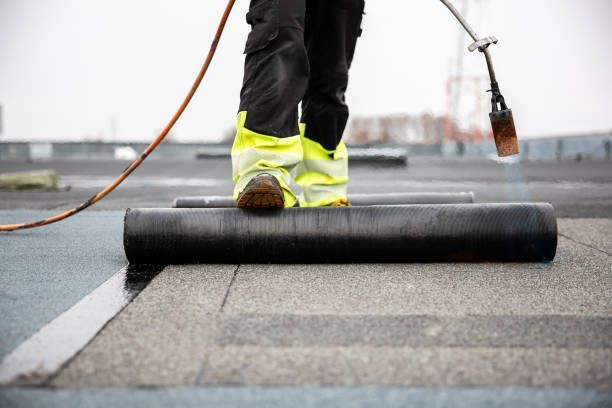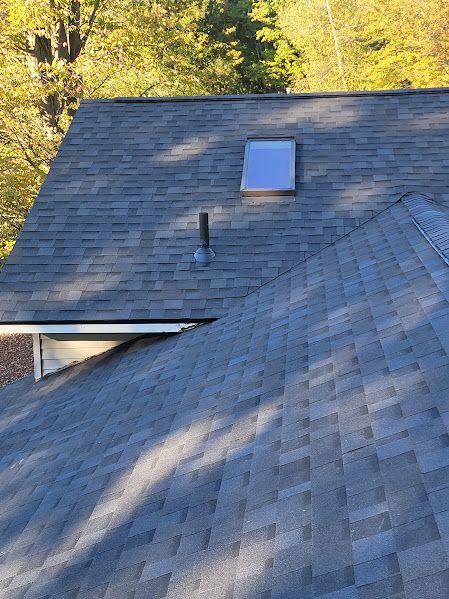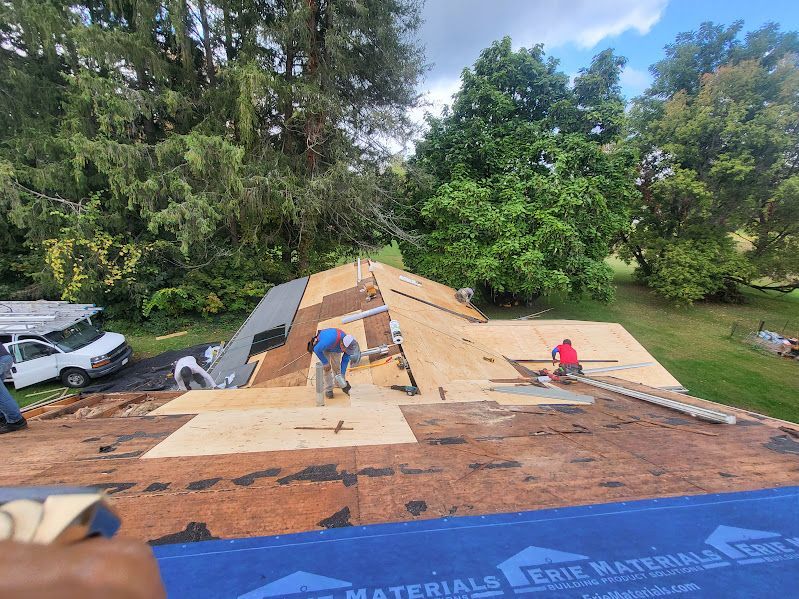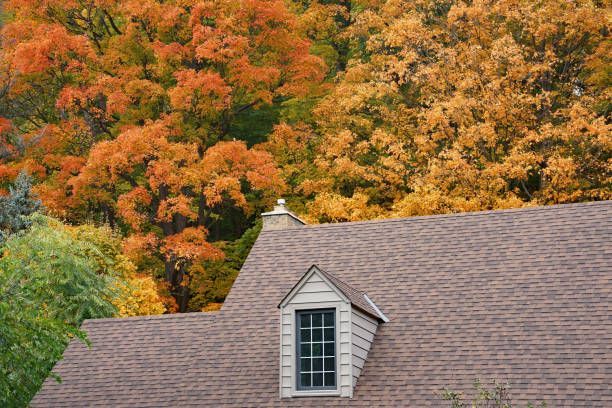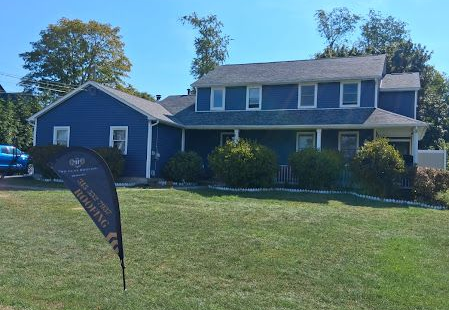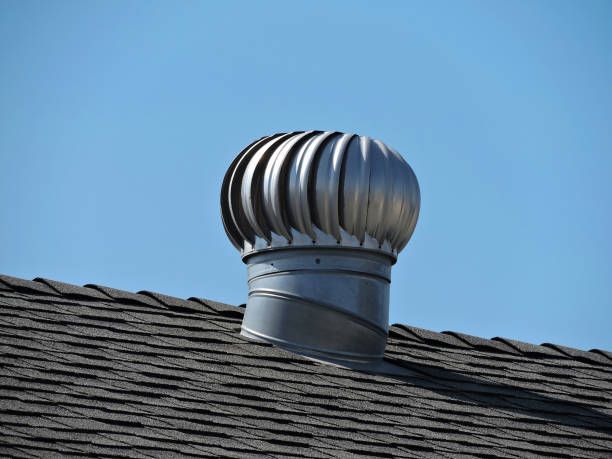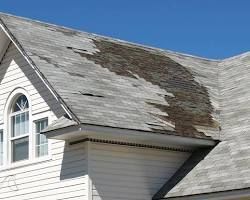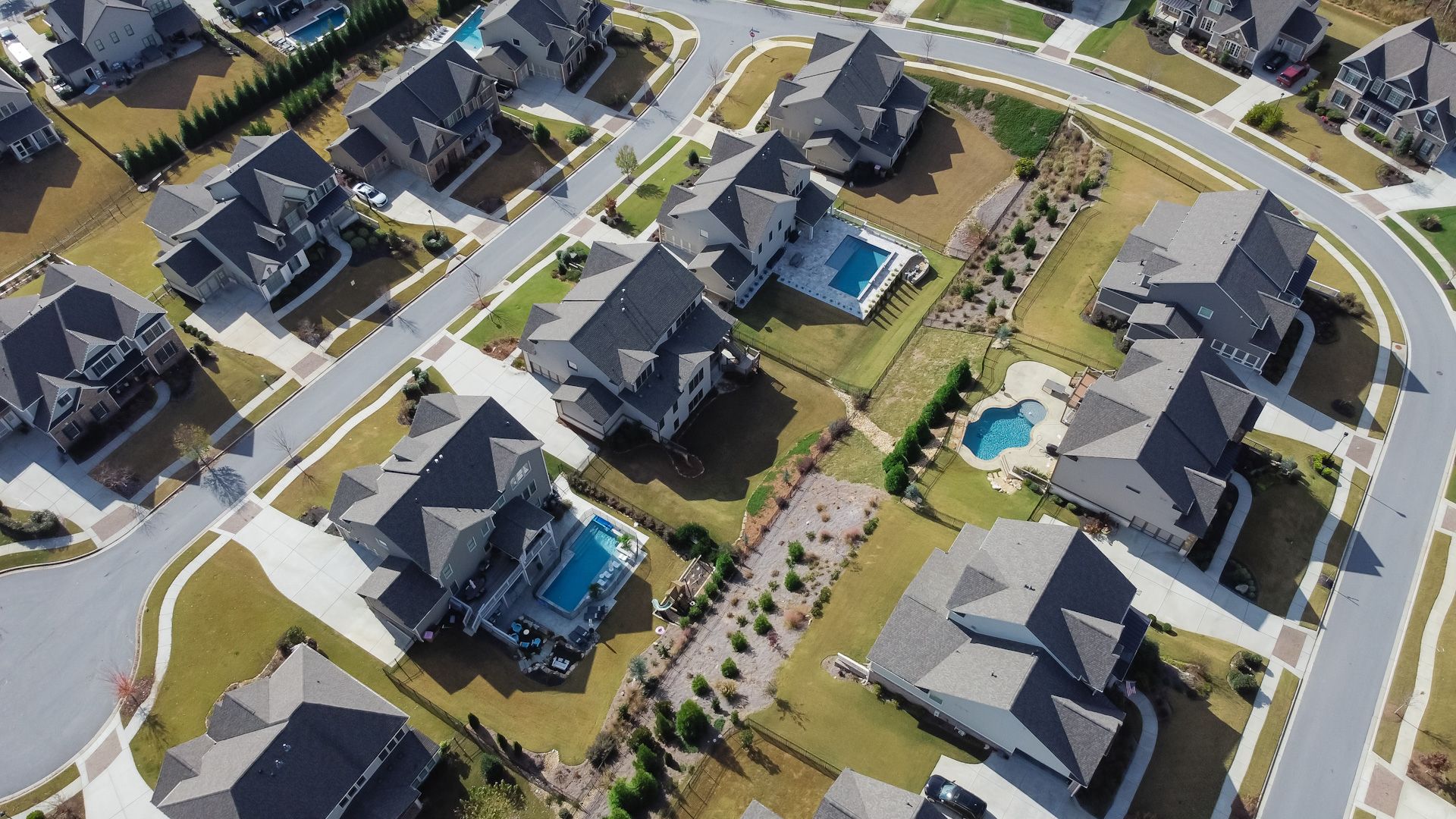Roofing 101: Common terms every Homeowner should know (Glossary)
This is a subtitle for your new post
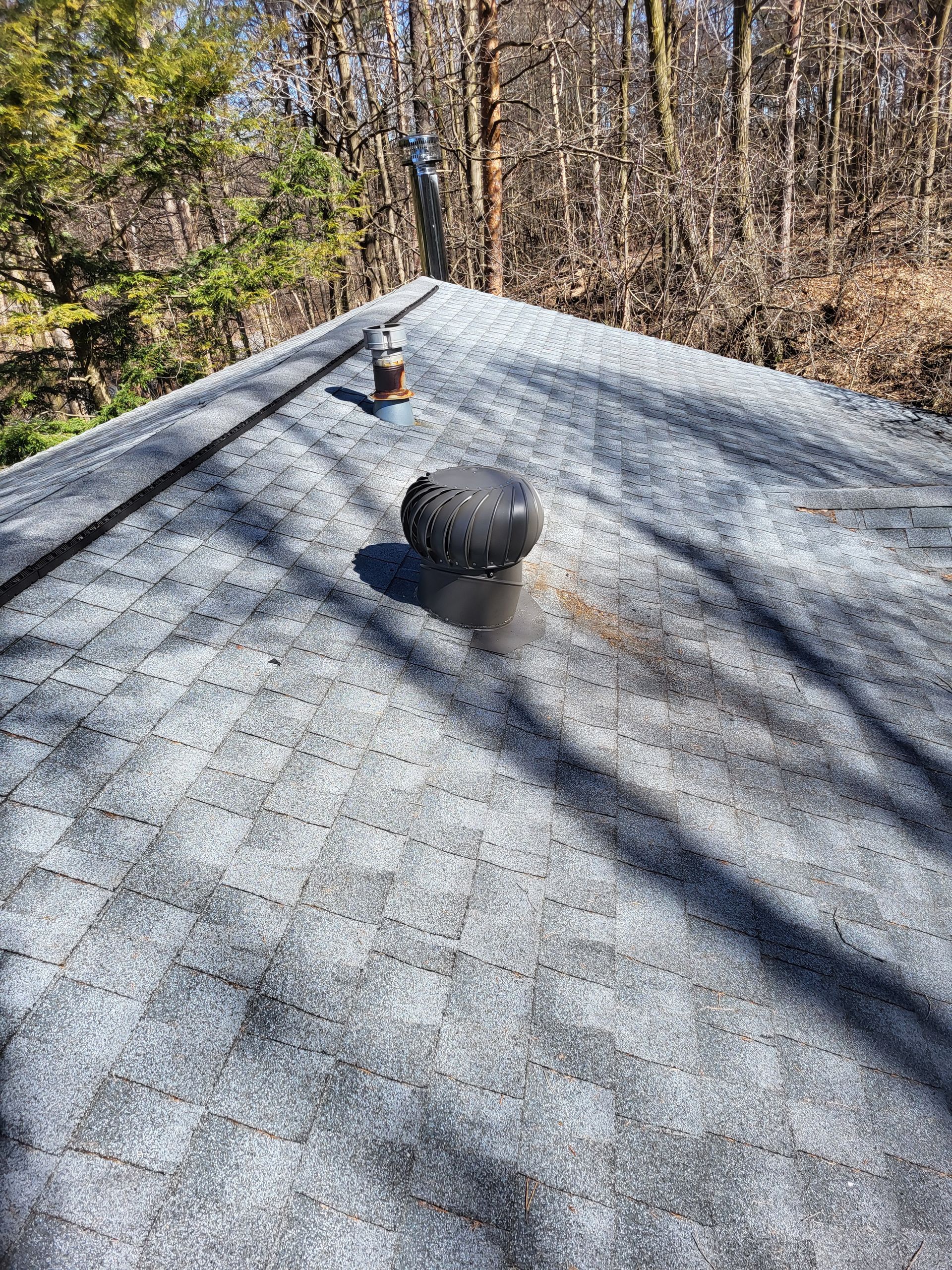
Roofing 101: Common Terms Every Homeowner Should Know (A Glossary from 2 Guys Roofing)
Ever found yourself in a conversation with a roofer and felt like they were speaking a different language? Flashing, soffit, fascia, pitch – it can sound like a secret code! At 2 Guys Roofing, we believe that an informed homeowner is a happy homeowner. That's why we've put together this handy glossary of common roofing terms. Understanding these will not only help you better understand your roof, but also make it easier to discuss any issues or projects with our team.
Let's break down the jargon!
The Anatomy of Your Roof (Key Structural & Component Terms)
- Decking (or Roof Deck): This is the structural base of your roof, typically plywood or OSB (Oriented Strand Board), that is nailed directly to the roof rafters. It's what all the other roofing materials are attached to.
- Shingles: The most common roofing material, usually made of asphalt. They are individual, overlapping pieces that form the outer protective layer of your roof.
- Underlayment: A layer of protective material (often felt or synthetic) installed directly over the roof decking before the shingles are applied. It provides an extra barrier against moisture.
- Flashing: Thin pieces of metal (aluminum or galvanized steel) used to prevent water penetration at vulnerable areas of the roof, such as around chimneys, vents, skylights, and in valleys. Think of it as your roof's waterproof tape.
- Valley: The V-shaped intersection where two roof planes meet. These areas are prone to water accumulation and require proper flashing and sealing to prevent leaks.
- Ridge: The horizontal line where two sloped sections of a roof meet at the highest point.
- Ridge Cap: Special shingles or pieces of material designed to cover the ridge, providing protection and a finished look.
- Eaves: The edges of the roof that hang over the face of a wall.
- Soffit: The finished underside of the eaves. It often contains vents that help with attic ventilation.
- Fascia: The vertical board that runs along the edge of the roof, usually just below the soffit. This is where your gutters are typically attached.
- Gutter: A trough attached to the edge of the roof (the fascia) that collects rainwater and directs it away from the house, protecting the foundation.
- Downspout: A vertical pipe that carries water from the gutter system down to the ground and away from the foundation.
- Vents: Various types of openings (e.g., ridge vents, box vents, soffit vents) that allow air to circulate through the attic, helping to regulate temperature and moisture. Crucial for roof longevity and energy efficiency!
Common Roofing Issues & Processes
- Pitch: The steepness or slope of your roof. Measured as the rise (vertical distance) over the run (horizontal distance). A steeper pitch generally sheds water more effectively.
- Granules: Small, ceramic-coated mineral particles embedded in the surface of asphalt shingles. They protect the shingle from UV rays, add color, and provide fire resistance. When you see "balding" shingles, it means these are eroding.
- Ice Dam: A ridge of ice that forms at the edge of a roof, preventing melting snow from draining off. This can cause water to back up under shingles and into your home – a common winter problem in New York!
- Blistering: Small bubbles or raised areas that appear on the surface of asphalt shingles, usually caused by moisture trapped within the shingle or excessive heat.
- Curling: When the edges of asphalt shingles begin to turn upward or downward. A sign of aging or heat damage.
- Cupping: Similar to curling, but often refers to the center of the shingle lifting or depressing.
- Moss/Algae: Green or black growths on shingles, often seen in shaded, damp areas. While sometimes cosmetic, excessive growth can retain moisture and degrade shingles.
- Soft Spots: Areas on the roof decking that feel spongy when walked on, indicating water damage or rot underneath.
- Reroofing (or Overlay): The process of installing new shingles directly over an existing layer of old shingles. Not always recommended, as it can hide underlying issues and reduce roof lifespan.
- Tear-Off (or Roof Replacement): The complete removal of all existing roofing materials down to the decking before installing a new roofing system. This is the preferred method for a durable, long-lasting roof.
Why Does This Matter to You?
Knowing these terms empowers you! When you're talking with our team at 2 Guys Roofing about a repair, replacement, or maintenance plan, you'll be able to follow along, ask more targeted questions, and feel confident in the decisions you're making for your home. We're always here to explain things clearly, but a little pre-knowledge goes a long way.
Have more questions about your roof? Think you might have a problem? Don't hesitate to reach out! Contact 2 Guys Roofing for a free inspection or estimate. Call us at 315-552-7937 or visit www.2guysroofing-ny.com.
Keywords: roofing terms, roofing glossary, roof parts, roof components, roof repair terms, roof replacement terms, common roof problems, what is flashing, what is fascia, what is soffit, roof pitch, ice dam, roofing 101, 2 Guys Roofing, New York roofing.
